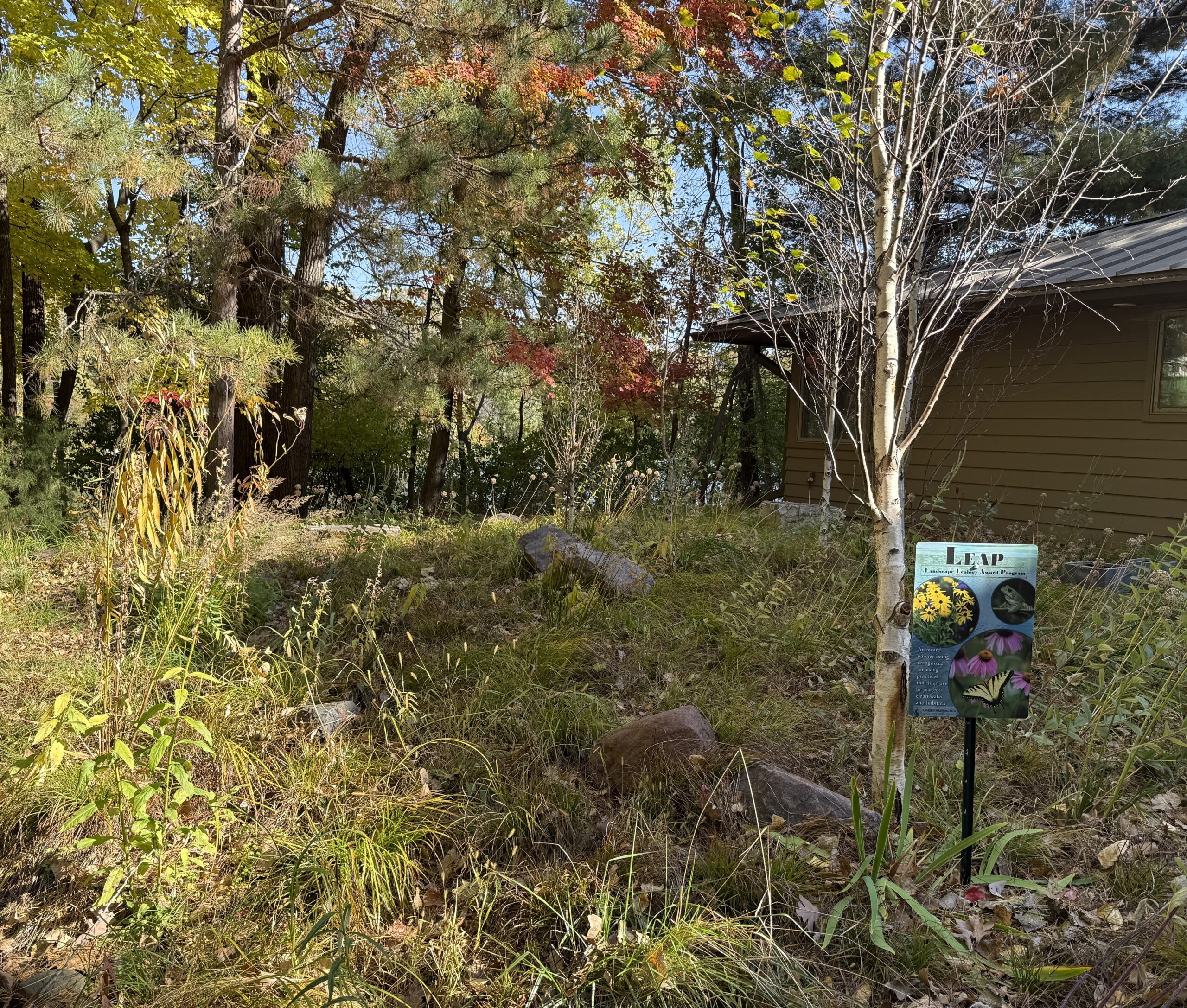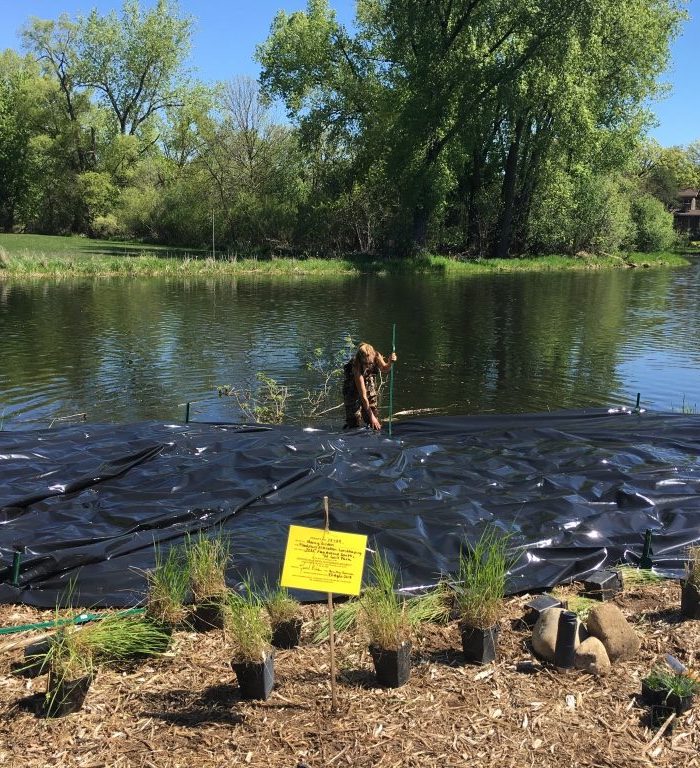Light Dark Landscape strives to repair the Earth by offering sustainable alternatives to the traditional landscape practices that misuse resources, reduce habitat for pollinators and native species, and contribute to climate change.
Instead, we use landscape practices that are ecologically appropriate and designed for the long term. Our practices including providing turf alternatives to traditional lawn, chemical-free invasive species removal, managing stormwater runoff, creating pollinator-friendly habitat, and increasing edible and native species. Check out our sustainability approach and sustainable business practices below, and how we implement it in our Portfolio.
As a leading sustainable landscape company in Minneapolis, we implement these ecological principles across every project, from initial design through long-term maintenance.





